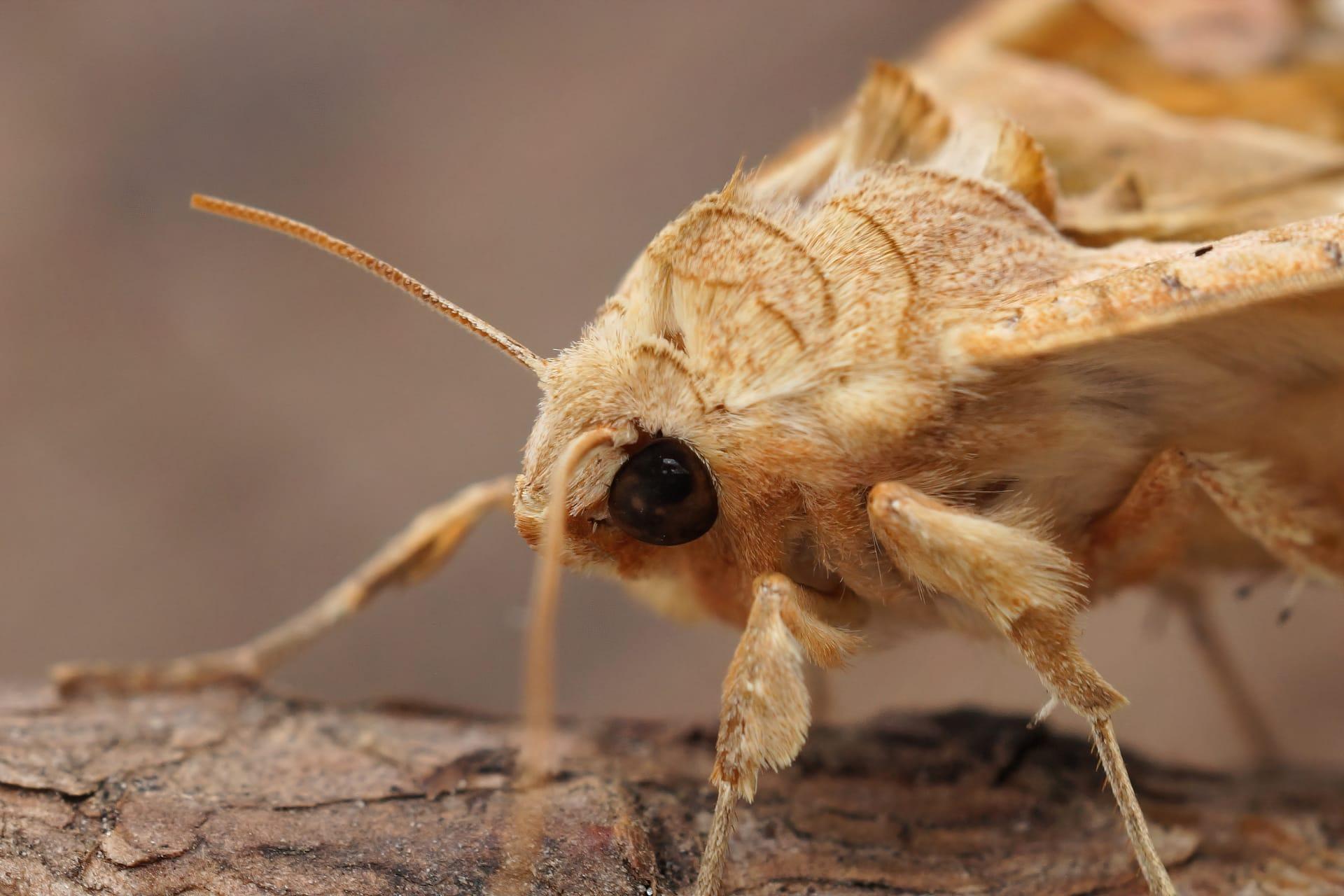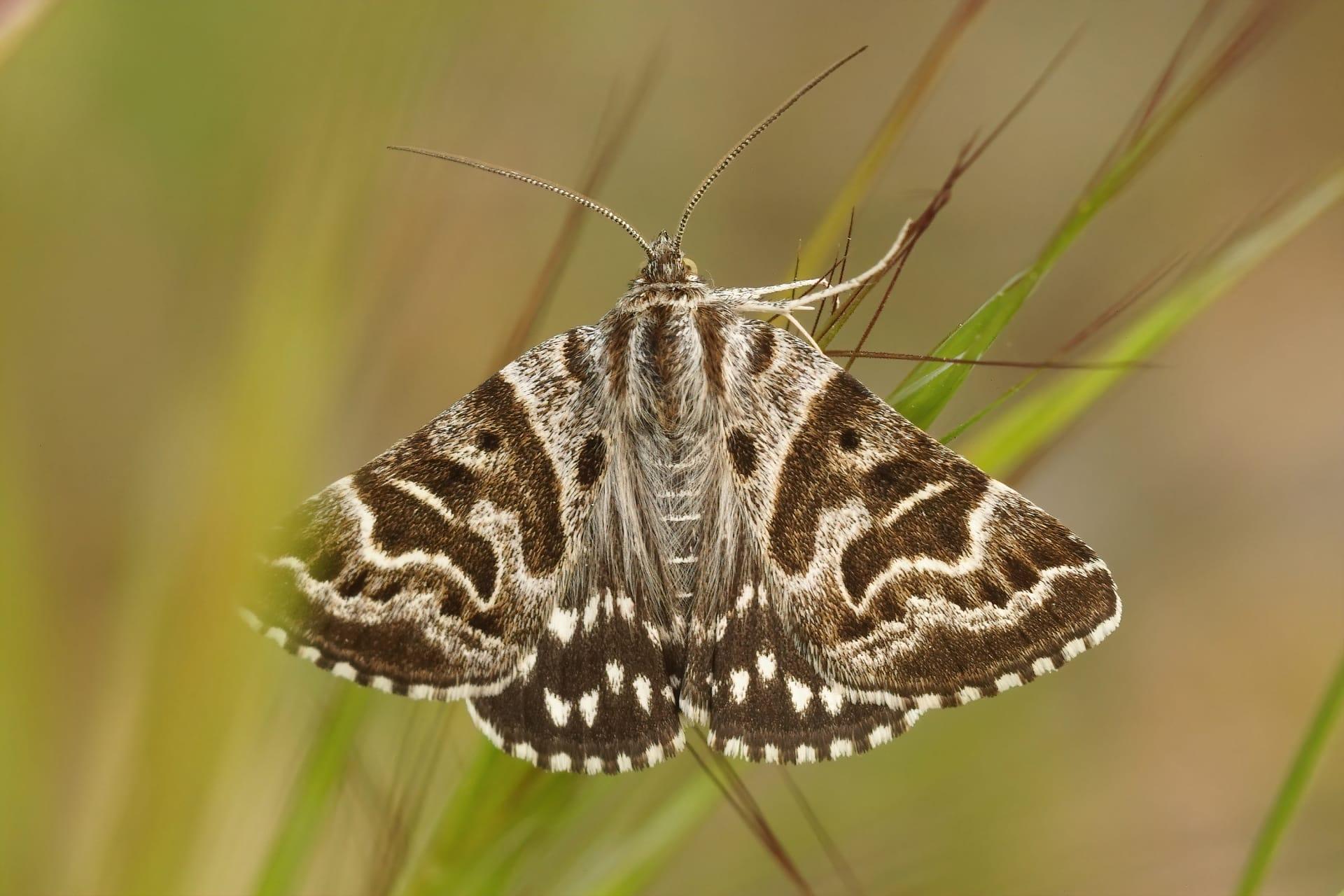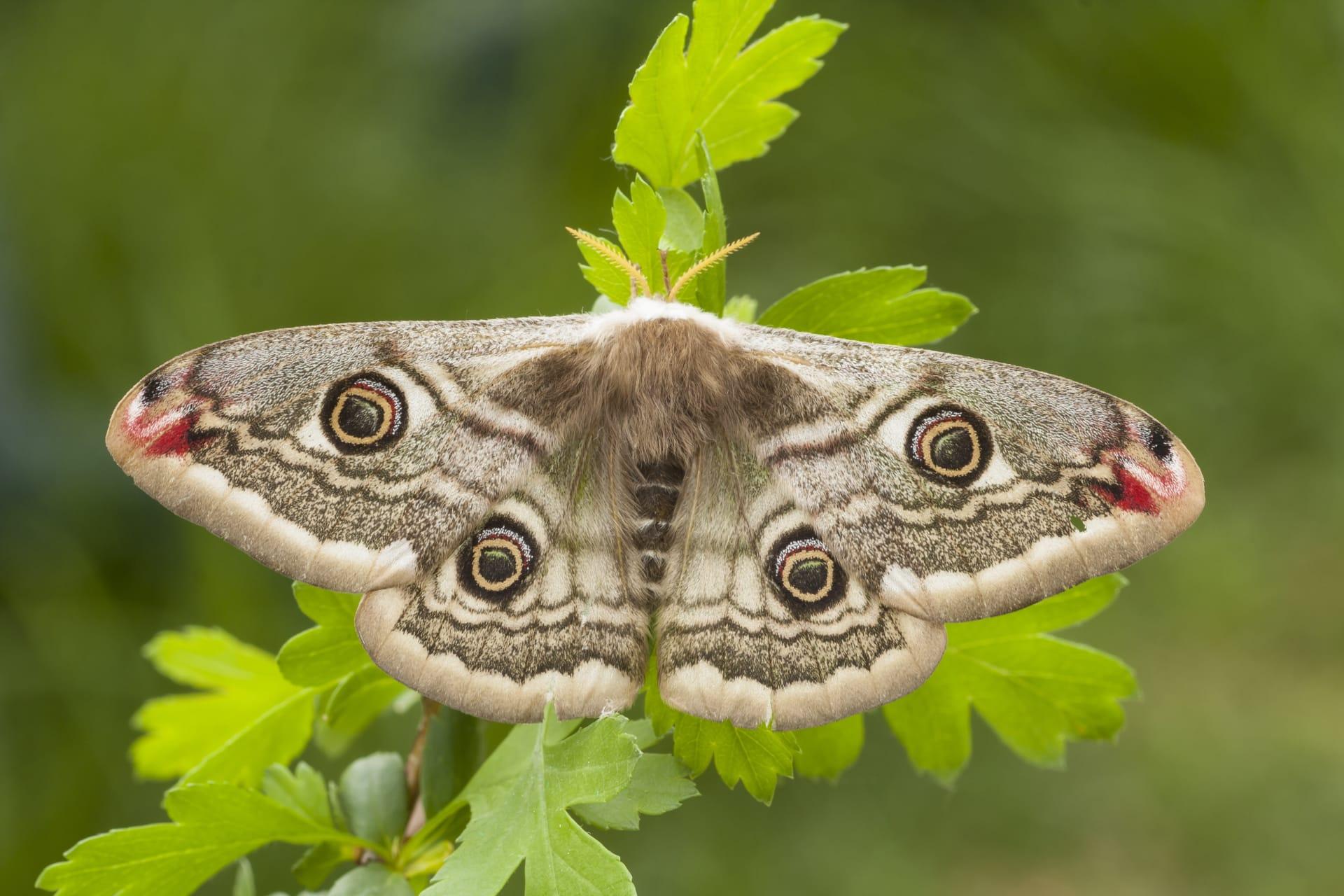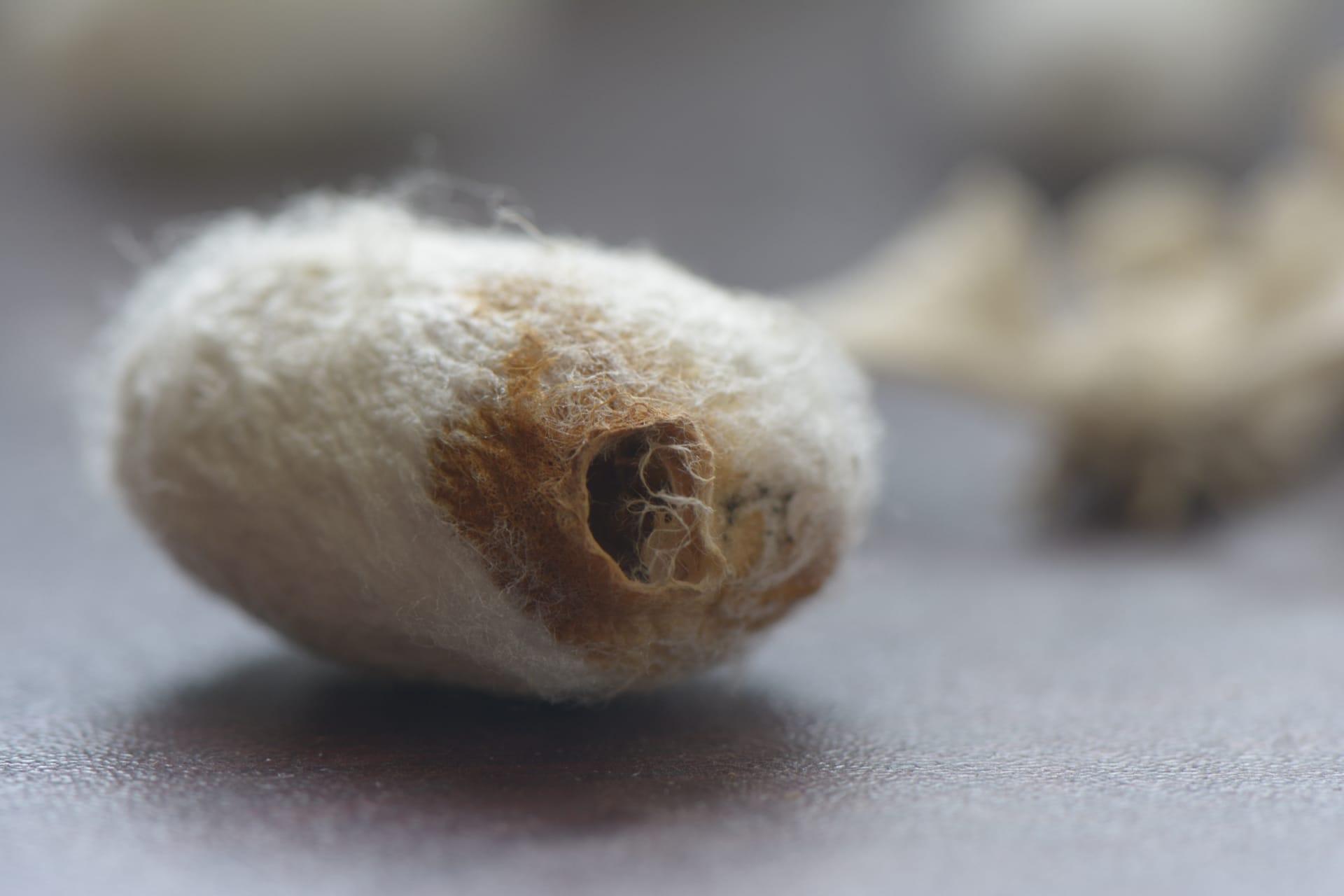1
Moths are marvels of disguise, with some species having evolved to closely resemble leaves or bark. For example, the Dead-leaf moth, a master of camouflage, possesses intricate leaf-like patterns on its wings, complete with veins and blemishes. When perched on a tree, it becomes virtually indistinguishable from real foliage. This exceptional mimicry is not just about the colors; it's about texture and behavior too. Moths remain motionless during the day, adding to the illusion.
In the world of moths, the Madagascan Comet Moth, Argema mittrei, stands out for its size and beauty. This species boasts an impressive wingspan reaching up to 20 centimeters (about 8 inches), making it one of the largest silk moths. Its tail, which can be 15 centimeters (6 inches) long, is one of the longest in the moth kingdom. This moth's vibrant yellow and red colors, combined with its sheer size, make it a breathtaking sight. However, it leads a brief adult life, living for only 4 to 5 days, during which it doesn't eat and focuses solely on reproduction.

2
Moths play a crucial role in the ecosystem as pollinators. While butterflies get most of the credit, many moths are just as important for pollinating plants, especially at night. For instance, the Hawk Moth, with its long proboscis, is capable of pollinating flowers that other insects can't reach. Its hovering and rapid wing movement, resembling that of a hummingbird, allows it to access deep flowers with ease.
The Luna Moth, known for its stunning pale green wings and long, graceful tails, has a surprising trait: it doesn't have a mouth. As an adult, its entire life revolves around mating, and it survives on energy stored from its larval stage. Living only about a week, this moth focuses on reproduction and doesn't waste energy on functions like eating. This adaptation is a striking example of evolutionary prioritization, where reproduction trumps sustenance.

3
Some moths have a unique defense mechanism against bats, their primary predators. They've developed ultrasonic hearing abilities, allowing them to detect bat echolocation sounds. When they hear these sounds, they perform evasive maneuvers, such as quick, erratic flight patterns, to avoid being caught. This is a fascinating case of evolutionary arms race, where moths continuously adapt to counter the sophisticated hunting methods of bats.
Moths are also known for their incredible migratory journeys. The Hummingbird Hawk-Moth, found in Europe, migrates to warmer climates during winter. It can travel up to 3,000 kilometers (about 1,864 miles) to reach suitable habitats. This journey is remarkable, considering its small size and the energy required for such a long flight. These migrations demonstrate not only their endurance but also the importance of various environmental cues in guiding these insects over vast distances.

4
The Atlas Moth, one of the largest moths in the world, has a unique way of deterring predators. The tips of its wings mimic the appearance of a snake's head, complete with eye-like spots and shape. This mimicry serves as a defense mechanism, intimidating potential predators. Interestingly, the Atlas Moth doesn't have fully developed mouthparts, and therefore, it doesn't feed during its adult life. It relies on fat reserves built during its caterpillar phase, emphasizing a life strategy focused entirely on reproduction.
Moths can be surprisingly fast fliers. The Hawk Moth, for instance, can reach speeds up to 12 miles per hour (around 19 kilometers per hour). This speed, combined with their agility, makes them adept at evading predators and efficiently traveling between food sources. Their rapid wing beats, which can be as high as 85 beats per second for some species, also aid in maintaining body heat, crucial for survival in cooler temperatures.

5
Some moth species exhibit a phenomenon known as sexual dimorphism, where males and females have distinctly different appearances. In the case of the Emperor Moth, males have more vibrant colors and feathered antennae, used to detect pheromones released by females. Females, being larger and less colorful, focus on laying eggs. This difference in appearance and function highlights the diverse survival strategies within the same species.
Moths have a significant impact on agriculture and the economy. While some species are pests, causing damage to crops and textiles, others are beneficial. The Silkworm Moth, for instance, is the primary source of natural silk. For thousands of years, humans have cultivated these moths for their silk, which is harvested from the cocoons of the larvae. This relationship between humans and moths showcases the intricate balance of nature and the economic value of some insect species.